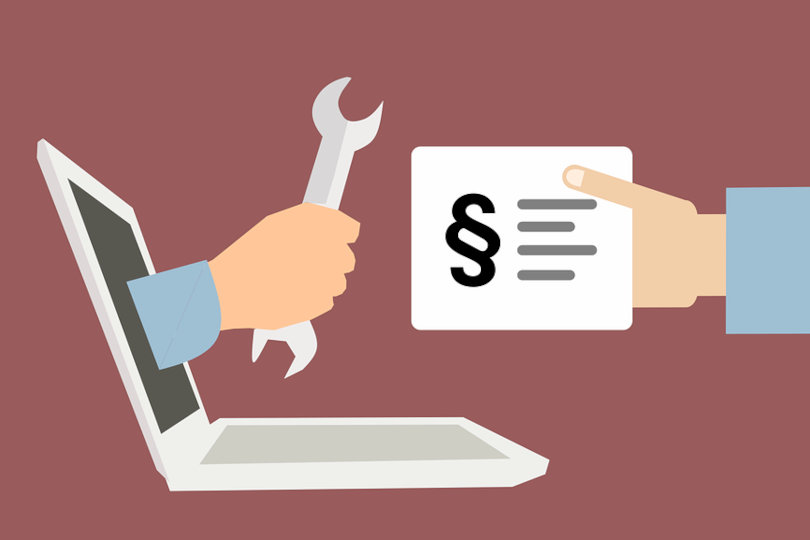Most businesses use software to manage their processes and communicate with vendors, customers, employees, and other purposes. Software licenses usually define user rights, including warranties, installation, liabilities, and intellectual property protection. Software products often need you to accept the terms and conditions of use or activate licenses before downloading, installing, and accessing the programs.

Several software licenses have varying support agreements, terms, costs, and restrictions. You should understand software license basics and familiarize yourself with responsibilities while complying with limitations and legal terms. Here are six types of software licenses you should understand.
1. User license
User licensing is a software licensing solution that requires providers to set fees based on the number of users using the software in an organization. You may use named or concurrent user licenses. Named user licenses can’t be exchanged by employees. However, they can be transferred between team members on a permanent, one-to-one basis. Concurrent user licenses need a specific number of users in an organization to share consumer licenses.
2. Copyleft licenses
Also called restrictive or reciprocal licenses, copyleft licenses are regularly in the GPL (General Public Licenses) class. This license lets users copy, modify, and distribute the licensed program under the same software project. The revised version should be released under copyleft licensing to ensure others can access and use it whenever possible, provided they comply with the same terms.
Exposing your source code to competitors or users isn’t in the best interest of your business. This is why developers making commercial applications usually shy away from the copyleft software licenses.
3. Permissive licenses
A permissive license gives users an agreement containing requirements for modifying, redistributing, and using the software. It’s similar to a public domain license but more restrictive because it might have stipulations about intellectual property protection.
Permissive licenses are used by open source and free license developers to maintain intellectual property while controlling how users use the software. They’re a common option for FOSS developers in support of open-source development and retain copyright protections.

4. Public domain license
Public domain software can be used and modified by anyone without any restrictions. The public domain license is permissive and supports adopting code into projects or applications and then reusing the software. Before adopting the public domain software into your business, be cautious because they don’t always comply with best coding practices or may not be up to the application’s secure software standards.
5. Proprietary license
A proprietary license is one of the most restrictive kinds of software licenses. Most of these licenses reserve all publisher or developer rights upon the software release. Proprietary licenses state that a user may not redistribute or modify the software or its code. They require end-users to accept the EULA agreement to use the software. The proprietary license protects the owner or developer from unauthorized software use.
6. Perpetual license
The perpetual software license allows users to use the program permanently, usually at a one-time charge. They reduce lifetime ownership expenses, meaning you can use the software forever by buying a perpetual license. This license is generally applied to a specific version of a software product.
Endnote
Software licenses are meant to safeguard a software developer’s intellectual property rights while limiting any claims against them resulting from its use. Familiarize yourself with these licenses before adopting any software into your business.




